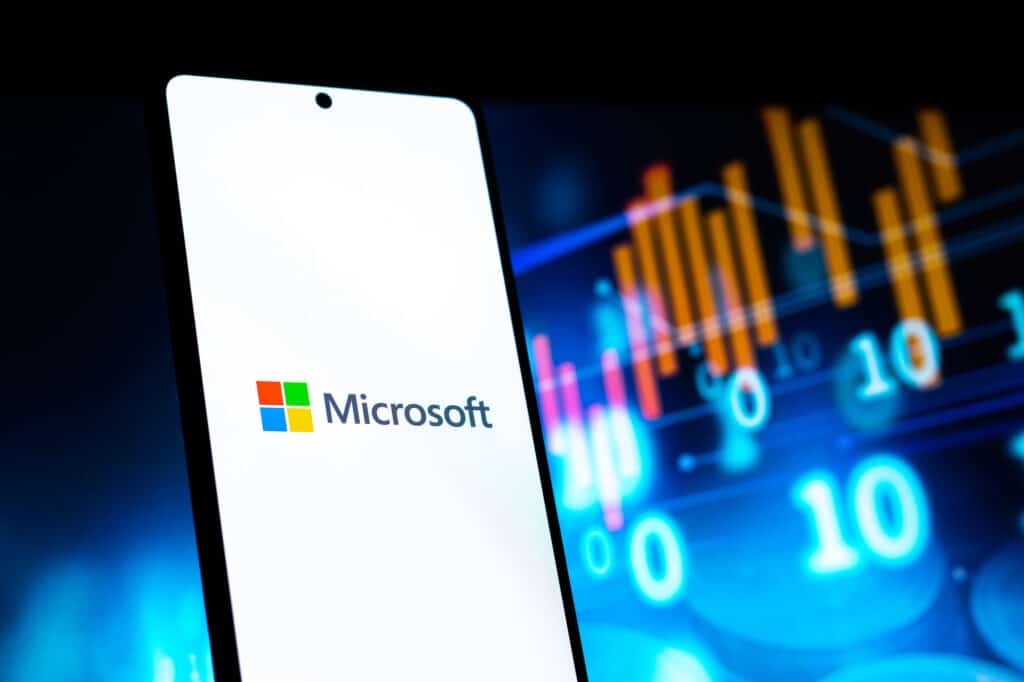What is Microsoft Fabric? Unraveling the Data Fabric Components
Velosio breaks down the power of Microsoft Fabric and its essential components in our latest blog, to unlock efficient workflows.
Table of Content
Microsoft Fabric is a comprehensive data analytics platform that integrates a wide range of services, from data movement and processing to business intelligence. Rather than being a single application, Fabric consists of multiple complementary tools that work together to provide a powerful, end-to-end solution for data engineering, real-time analytics, data science, and reporting.
Below is a high-level list of the components that combine to form Microsoft Fabric.
Above, we’ve listed the data fabric components, but you may be asking, “How do we make sense of Microsoft Fabric and actually put it to use in our organization?” The answer lies in semantics.
A semantic layer in the context of data analytics is a critical component that bridges the gap between raw, technical data and the business users who need to access and understand this data for decision-making. It’s not an application. It’s a series of well-planned business processes and workflows designed to optimize how you use Microsoft Fabric (or any other complex platform).
Think of a semantic layer as a translator. It takes complex data from various sources and transforms it into a business-friendly format, using terms and concepts that are familiar and meaningful to end users. It sits between the underlying data sources (like data warehouses or lakes) and the analytical tools or applications used by business professionals.
One of the key functions of the semantic layer is to provide a consistent, unified view of data across an organization. This is crucial in environments where data is decentralized, and different departments may have multiple definitions or formats for the same data. For example, marketing, sales, and finance teams might refer to a business entity using different terms in their respective systems. A semantic layer helps by mapping these varied definitions to a single data entity, ensuring uniformity and clarity.
A data fabric and a semantic layer complement each other in the context of a modern data architecture. While a data fabric provides a unified way to manage, access, and govern data across multiple sources, a semantic layer offers an abstraction that simplifies end-user data consumption. By combining both, organizations can create a seamless and efficient data infrastructure.

Here’s an example of how an organization could use a semantic layer with Microsoft Fabric components to create a robust, scalable, and understandable data architecture.
The key to successful implementation is ensuring the semantic layer is user-friendly, aligns with your business terminology, and is flexible enough to adapt to your changing business needs. Collaboration between IT, data professionals, and business users is crucial throughout this process to ensure the semantic layer effectively translates technical data into meaningful business insights. Velosio’s Azure team is ready to help make this happen for you.
Microsoft Fabric is an all-in-one solution, weaving diverse components into a cohesive and integrated platform. Fabric offers small and mid-sized enterprises a streamlined and efficient approach to managing their data by integrating key components such as Data Engineering, Data Warehouse, and Real-Time Analytics. For Velosio’s clients, this means access to a state-of-the-art analytics tool that simplifies the data management process and unlocks new potential for data-driven insights and decision-making.
As a premier Microsoft VAR, Velosio is equipped to lead a seamless integration of Microsoft Fabric for your organization. Contact us with your questions.
Talk to us about how Velosio can help you realize business value faster with end-to-end solutions and cloud services.